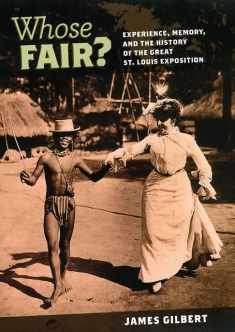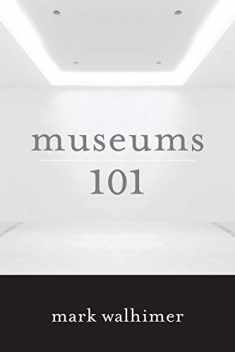
Destination Culture: Tourism, Museums, and Heritage
ISBN-13:
9780520209664
ISBN-10:
0520209664
Edition:
First Edition
Author:
Barbara Kirshenblatt-Gimblett
Publication date:
1998
Publisher:
University of California Press
Format:
Paperback
348 pages
Category:
Economics
,
Cultural
,
Anthropology
FREE US shipping
Book details
ISBN-13:
9780520209664
ISBN-10:
0520209664
Edition:
First Edition
Author:
Barbara Kirshenblatt-Gimblett
Publication date:
1998
Publisher:
University of California Press
Format:
Paperback
348 pages
Category:
Economics
,
Cultural
,
Anthropology
Summary
Destination Culture: Tourism, Museums, and Heritage (ISBN-13: 9780520209664 and ISBN-10: 0520209664), written by authors
Barbara Kirshenblatt-Gimblett, was published by University of California Press in 1998.
With an overall rating of 4.2 stars, it's a notable title among other
Economics
(Cultural, Anthropology) books. You can easily purchase or rent Destination Culture: Tourism, Museums, and Heritage (Paperback) from BooksRun,
along with many other new and used
Economics
books
and textbooks.
And, if you're looking to sell your copy, our current buyback offer is $0.4.
Description
Destination Culture takes the reader on an eye-opening journey from ethnological artifacts to kitsch. Posing the question, "What does it mean to show?" Barbara Kirshenblatt-Gimblett explores the agency of display in a variety of settings: museums, festivals, world's fairs, historical re-creations, memorials, and tourist attractions. She talks about how objects―and people―are made to "perform" their meaning for us by the very fact of being collected and exhibited, and about how specific techniques of display, not just the things shown, convey powerful messages.
Her engaging analysis shows how museums compete with tourism in the production of "heritage." To make themselves profitable, museums are marketing themselves as tourist attractions. To make locations into destinations, tourism is staging the world as a museum of itself. Both promise to deliver heritage. Although heritage is marketed as something old, she argues that heritage is actually a new mode of cultural production that gives a second life to dying ways of life, economies, and places. The book concludes with a lively commentary on the "good taste/bad taste" debate in the ephemeral "museum of the life world," where everyone is a curator of sorts and the process of converting life into heritage begins.
Her engaging analysis shows how museums compete with tourism in the production of "heritage." To make themselves profitable, museums are marketing themselves as tourist attractions. To make locations into destinations, tourism is staging the world as a museum of itself. Both promise to deliver heritage. Although heritage is marketed as something old, she argues that heritage is actually a new mode of cultural production that gives a second life to dying ways of life, economies, and places. The book concludes with a lively commentary on the "good taste/bad taste" debate in the ephemeral "museum of the life world," where everyone is a curator of sorts and the process of converting life into heritage begins.


We would LOVE it if you could help us and other readers by reviewing the book
Book review

Congratulations! We have received your book review.
{user}
{createdAt}
by {truncated_author}




